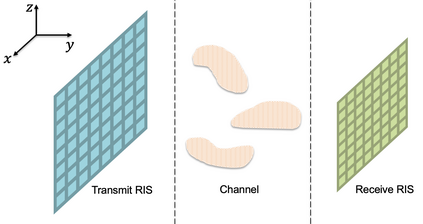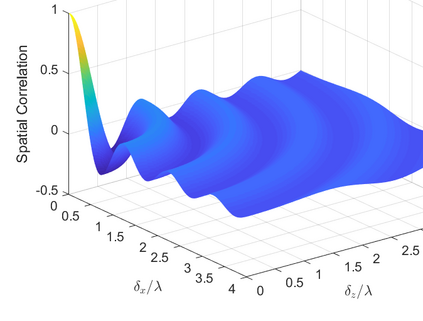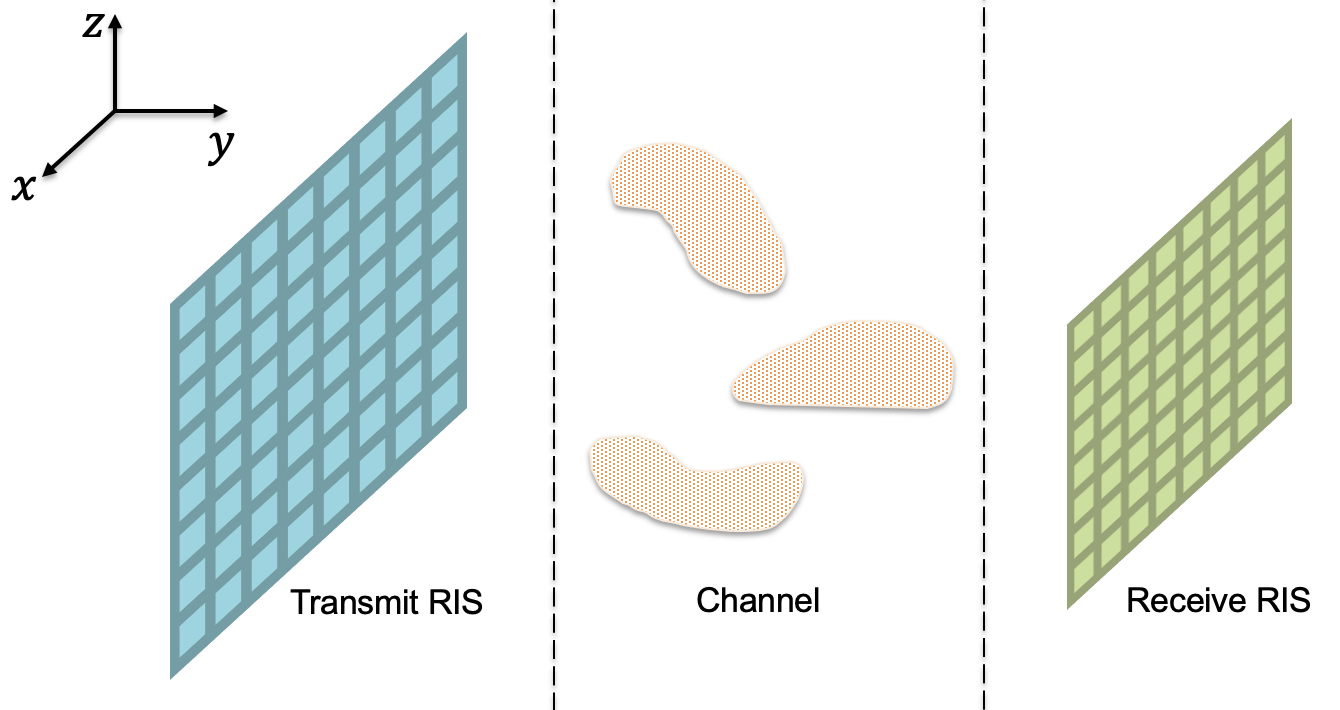As a promising candidate technology for the next-generation wireless communications, reconfigurable intelligent surface (RIS) has gained tremendous research interest in both the academia and industry in recent years. Only limited knowledge, however, has been obtained about the channel eigenvlaue characteristics and degrees of freedom (DoF) of systems containing RISs. In this paper, we focus on a wireless communication system where both the transmitter and receiver are respectively equipped with an RIS. Features of eigenvalues, such as their summation and individual behavior, are investigated for both the correlation matrix of an RIS and the composite channel matrix encompassing the two RISs and the wireless channel. Furthermore, the concept of effective degrees of freedom (EDoF), i.e., the number of subchannels actively contributing to conveying information, is revisited for RIS-enabled systems. Analytical and numerical results demonstrate that the EDoF depends upon various factors including the operating SNR, physical parameters of RISs, and propagation environment.
翻译:作为下一代无线通信的一个有前途的候选技术,近年来,可重新配置的智能表面(RIS)在学术界和工业界都引起了巨大的研究兴趣,然而,关于包含RIS的系统的自由度和特性(DOF),只获得了有限的知识;在本文件中,我们侧重于无线通信系统,使发射机和接收机分别配备了RIS;对诸如其相加和个人行为等电子价值的特点,对IRIS的关联矩阵和包括两个RIS和无线频道的综合频道矩阵都进行了调查;此外,对有效自由度的概念(EDOF),即积极促进信息传递的子通道的数目,也为RIS的系统作了重新审查;分析和数字结果表明,EDOF取决于各种因素,包括运行的SRR、RIS的物理参数以及传播环境。








